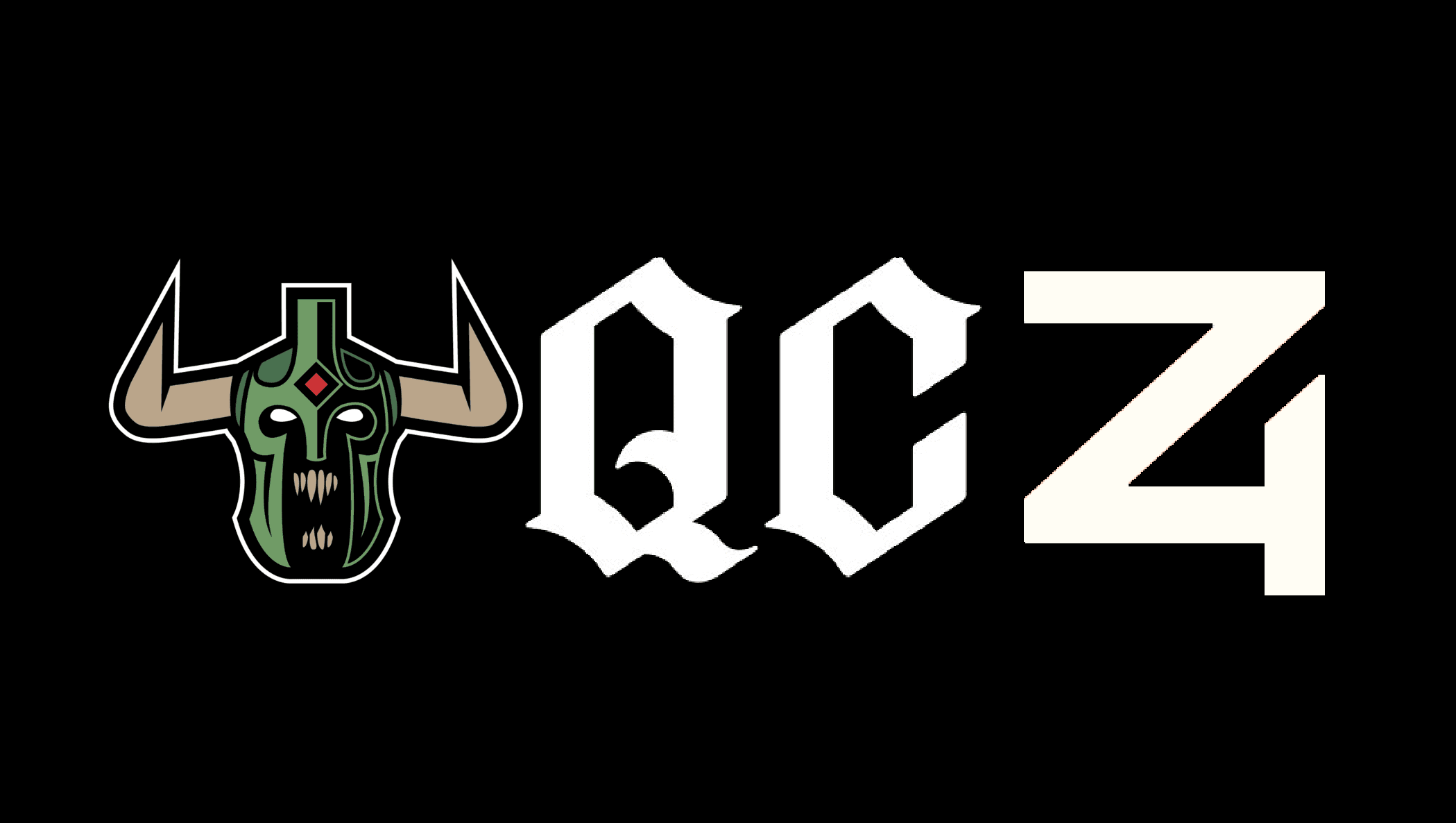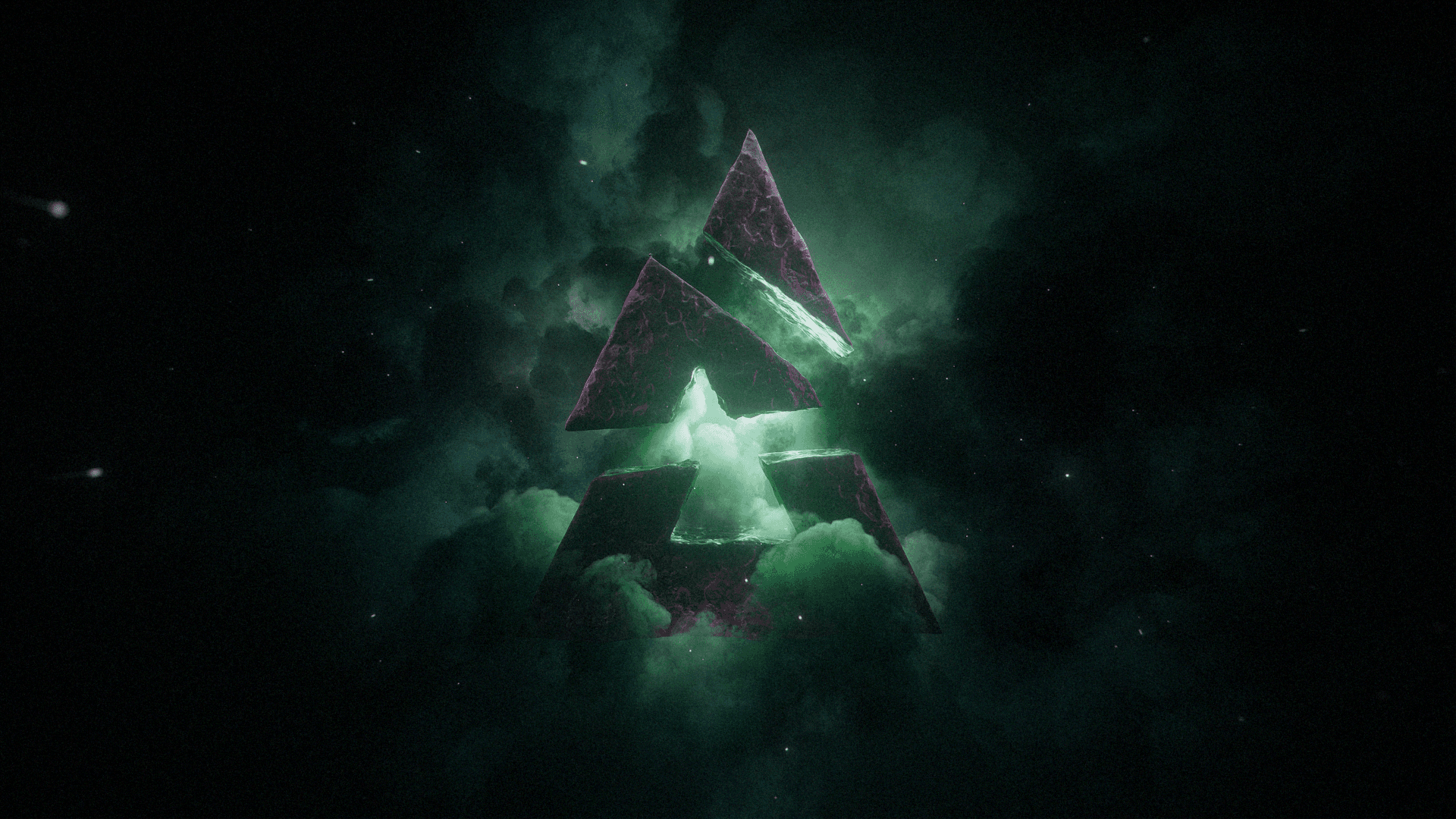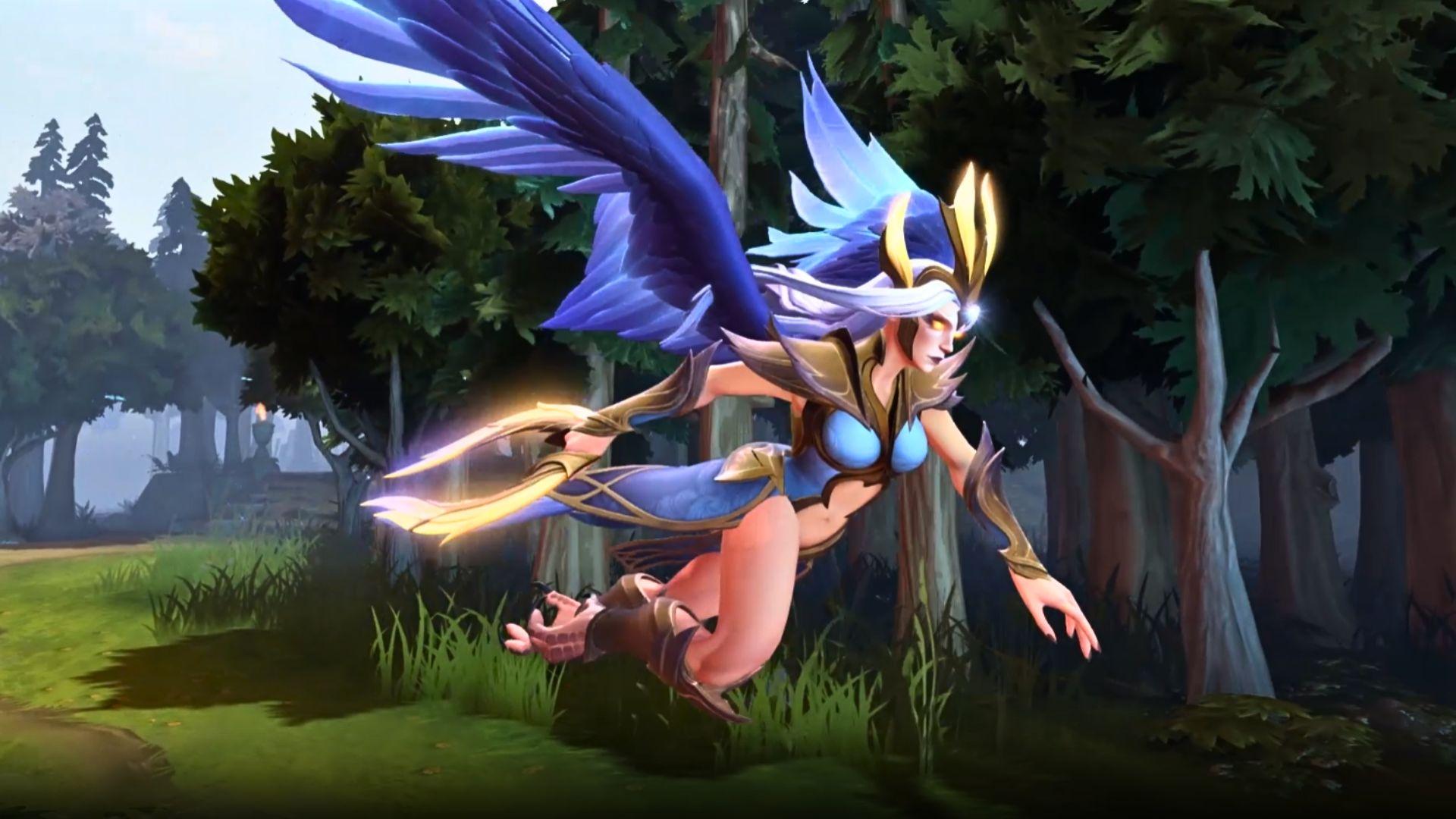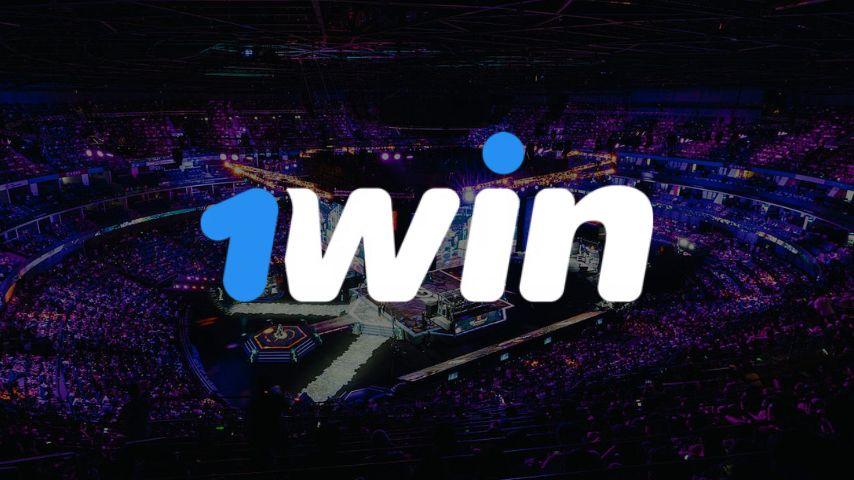
Why are so many pro NA Dota 2 teams left without sponsors?
Just a few years ago, Dota 2 teams had to beg and plead for sponsorship opportunities. Now they’re turning down offers left and right. So what changed?
Dota 2 has noticeably shifted away from the traditional model in which rosters are supported by prominent esports organizations. This transition is most evident in North America, though the origins of the player-owned structure lie in Western Europe.
Quincy Crew and Team Undying, the second and third-best teams in the North American region respectively, will both attend TI10 without external sponsorships. In Europe, the most famous player-owned teams are Team Nigma, Team Secret, and OG. Each of those squads has a long and illustrious history of top-level Dota 2. From their perspectives, remaining independent allows them to continue their own style of preparation and travel without sacrificing any prize money. They also stand to further benefit financially from tournament success, not having to split their potential winnings with team management. These legacy squads go sponsorless because they know they can succeed no matter what jersey they wear.
We’re hyped to announce that Team Undying will be competing as an independent team going into #TI10! With that, we’re revealing our brand new logo today!
Team Undying is open to sponsorship opportunities, please feel free to reach out via twitter DM or petercanders@gmail.com pic.twitter.com/3mhs9N3gnS
— Team Undying (@TeamUndying) July 26, 2021
The same thought process applies in North America, albeit at a smaller and less developed scale thus far. Instead of hunting for a consistent salary, NA Dota 2 teams like Quincy Crew, 4 Zoomers, and Team Undying are choosing to forgo that potential increase in stability in exchange for increased flexibility. In the case of Undying, the squad turned down around 15 potential sponsors after its recent qualification to The International. In our recent interview with Undying manager Peter “Panders” Anders, Panders stressed that sponsoring organizations have a considerable opportunity cost.
“…one of the appeals of being player-owned is safety. Organizations can become financially unstable, can pay out slowly, try to take unnecessarily large cuts, ask for unreasonable things from players. The financial security and support [of being sponsored] are often outweighed by the potential risks,” Panders said.
Quincy Crew and The Road to TI10
Read: https://t.co/GczOaVeLnx
— Jack Chen (@KBBQDotA) June 15, 2021
The benefits of going sponsorless are clear, but why North American Dota 2 teams specifically? Other regions such as Southeast Asia, South America, and Eastern Europe have maintained steady sponsorships during and after the online era. It’s partially related to the state of NA Dota 2 before travel restrictions were put in place. When CR4ZY folded in October 2020, Evil Geniuses became the sole major sponsored Dota 2 team in North America. They remain so to this day.
Other esports have also skirted with the concept of player-owned organizations. Danish juggernaut Astralis is the most well-known example in Counter-Strike: Global Offensive. South Korean Overwatch Squad RunAway competed at the top level with independence prior to the Overwatch League overshadowing all aspects of the game’s competitive scene. The benefits vary between games, regions, and the individuals involved. But with the state of Dota 2, it’s likely a trend we’ll continue to see in Valve’s MOBA.
Recommended

BLAST entering Dota 2 esports with five tournaments
“We have plans that Dota fans haven’t seen before.”

Dota 2 Crownfall update: What’s new?
Exciting, but no Ringmaster.

1win accuses ESL One Birmingham of favoring OG after Visa issues
“Not the Visa curse.”







